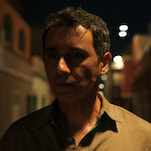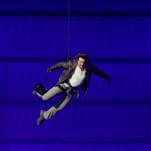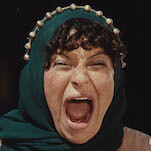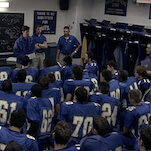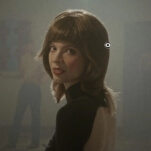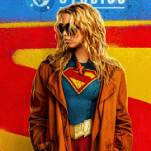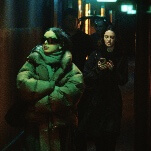Pop songs and car crashes: Two great tastes that taste great together

What Are You Watching? is a weekly space for The A.V Club’s staff and readers to share their thoughts, observations, and opinions on movies new and old.
Like many people, I’m a sucker for stories and situations that demonstrate the fundamental flaws in the human mind and senses. Whether it’s a video that hides a moonwalking bear to prove a point about visual awareness or a magazine article explaining how we create false memories, the tricks our brains can play on us are a fount of inspiration for art and philosophy. I recently encountered cinematic evidence that again proved that, despite our best efforts—and even when we believe in advance we know what we’re seeing—great art can still make you question your own mind.
A number of years ago, we ran a piece wherein film critic Mike D’Angelo delved into the visual trick that drives the entire plot of Lucrecia Martel’s The Headless Woman. (This explanation could be considered a spoiler of sorts, but since my entire argument is about the idea that foresight doesn’t matter, please brush aside such concerns.) The Argentinian drama follows a woman, María Onetto, who hits a dog with her car, and then withdraws from life, unraveling as she suspects she actually ran over a child. At least, that’s the actual content of the film—the subtext and suggestion numerous people take away is quite different. D’Angelo delves into the strange phenomenon by which many critics and viewers of the film genuinely believed there to be some ambiguity as to whether it was a dog or child. He unpacks the way Martel’s use of cinematic grammar simultaneously conveys (in no uncertain terms) that this was a dog, even as establishing shots and imagery create a subconscious link between incident and child. D’Angelo argues this makes for a demonstration of our desire for mystery where there is none, and that, rather than the film itself being a study of how someone’s internal fears and anxieties lead her to a mental breakdown, it instead becomes a strange leap in which the audience occupies the position of the resolutely uncertain subject, convinced Onetto may be right. Rather than seeing how Onetto’s mind fools her, we allow ourselves to be fooled.
I finally got around to watching The Headless Woman this past week, and decided to revisit the article prior to sitting down with the Blu-ray. So all this discussion of the faulty nature of people’s eyes and assumptions was in the front of my mind during that early scene of the accident. And guess what: It didn’t matter in the slightest, because I came away from the scene thinking it might have been a child’s body in the far background of Martel’s shot. I had literally just read an unpacking of how the scene clearly depicts a dog, and the mistaken interpretations our brains make thanks to visual cues, and I still found myself thinking the scene was ambiguous. Advance knowledge of the entire debate was rendered moot by Martel’s masterful construction of the sequence.
Whereas D’Angelo finds this “mistake” makes for a less interesting movie than if we’re secure in the knowledge of what actually happened, I disagree. It reminds me, oddly enough, of the first T. rex attack in Jurassic Park. Spielberg deliberately shows us the pen on the opposite side of the fence next to the stalled jeeps, and we’re treated to a clear shot of the dinosaur walking out onto the road—then, minutes later, the protagonists are rappeling down the side of a sheer drop. It asks us to ignore a deliberately nonsensical geographical outlay, and we do, because Spielberg’s control of visual language and editing lets our minds gloss over the error. Martel is performing the flip side of the same feat—giving us a clear depiction of reality, and then letting our own senses betray that simple clarity. We create our own hundred-foot drop where there isn’t one.

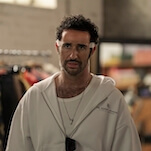
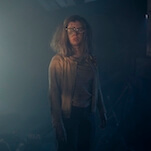


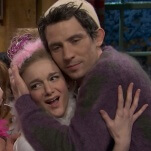






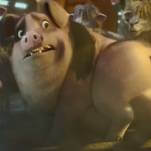
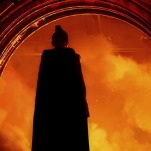

![HBO teases new Euphoria, Larry David, and much more in 2026 sizzle reel [Updated]](https://img.pastemagazine.com/wp-content/avuploads/2025/12/12100344/MixCollage-12-Dec-2025-09-56-AM-9137.jpg)


